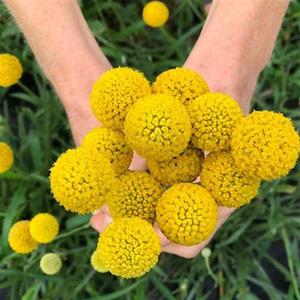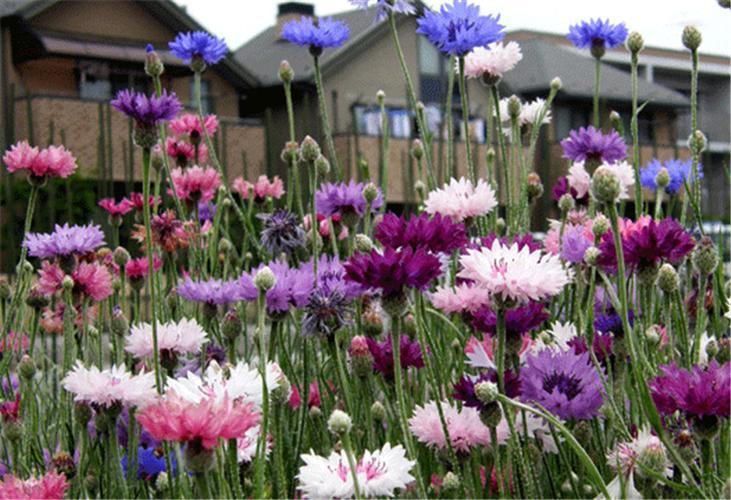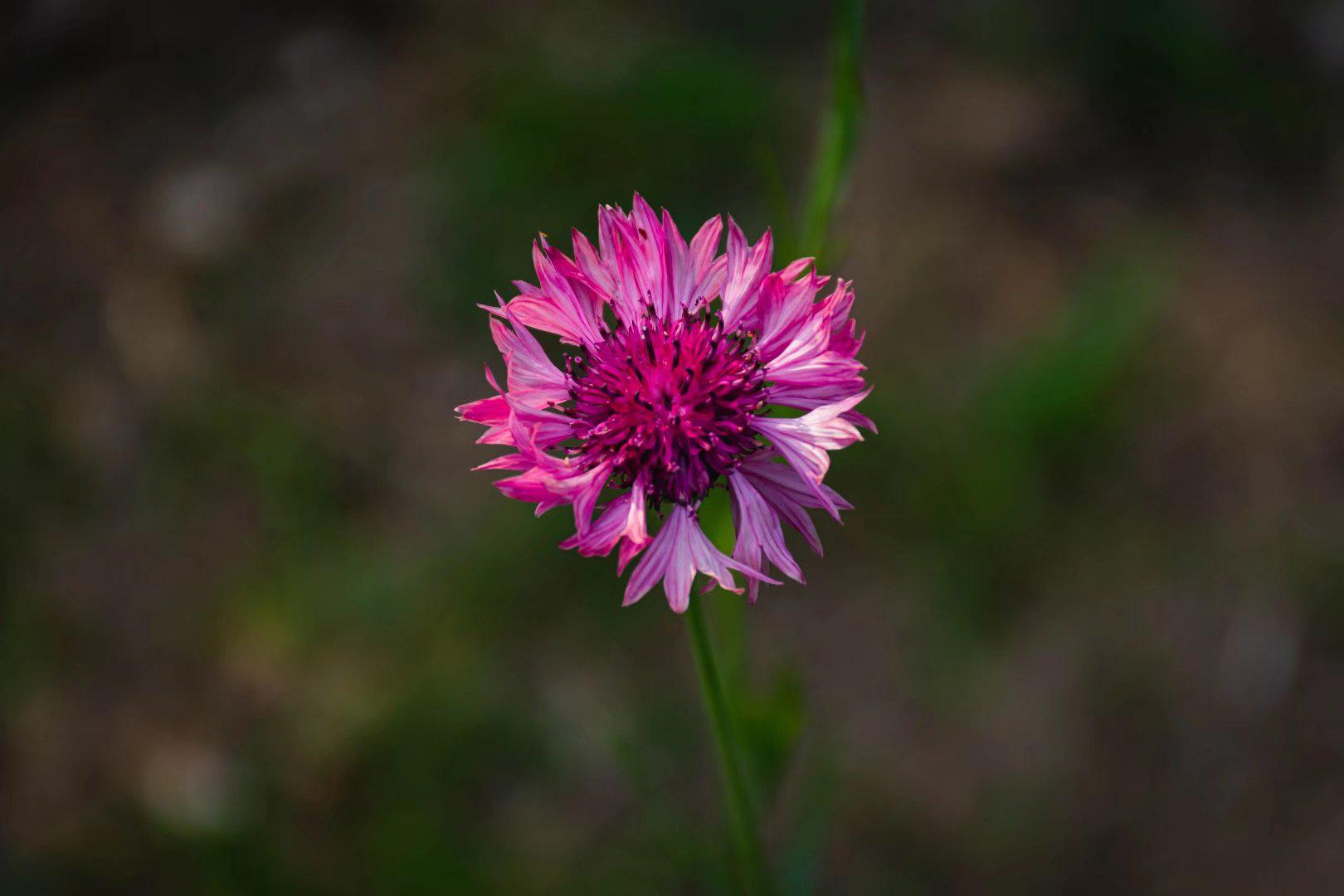Lantana, a vibrant flowering plant, has an interesting story. Legend has it that a mischievous fairy sprinkled colorful magic dust on its flowers, resulting in their vibrant hues. People believed these enchanting blooms had healing properties, curing ailments and bringing joy. However, they also possessed a hidden secret – each petal had a unique fragrance, invoking different emotions in those who smelled them. This made Lantana a popular choice for gardens and attracted curious travelers from far and wide. Its captivating story continues to charm nature lovers even today.
Once upon a time, there was a mischievous Lantana plant named Leo. Leo loved to change the colors of its flowers to play pranks on the other plants in the garden. Every morning, it would surprise everyone by revealing vibrant hues of orange, pink, and purple. Leo’s magical ability brought joy and laughter to the garden. But one day, Leo’s colors got stuck, and it remained a beautiful shade of red. Despite its disappointment, the other plants gathered around Leo to show their support and admiration for its unwavering spirit. From that day forward, Lantana became a symbol of resilience and unity in the garden.
Picture
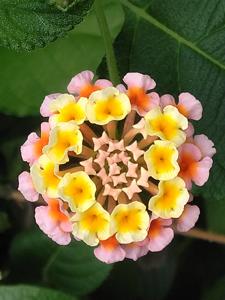
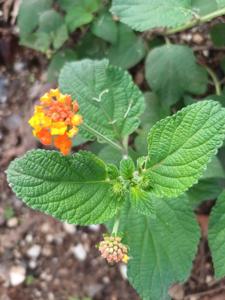
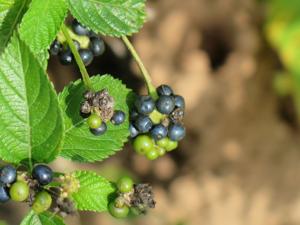
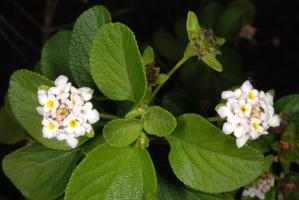
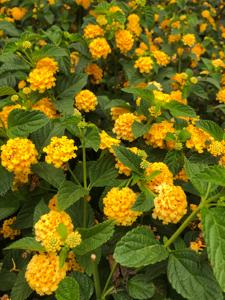
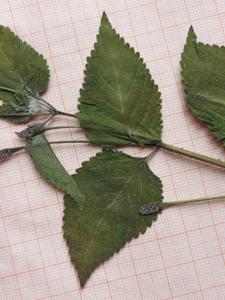
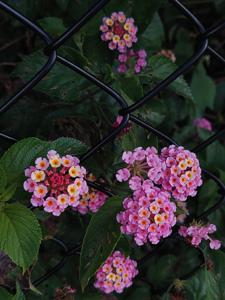
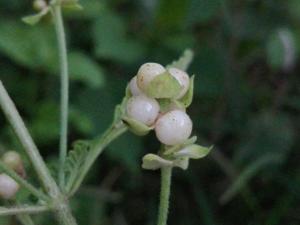
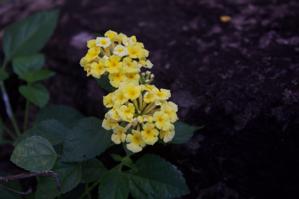
Plant some seeds now!
Short Description
Lantana Violet color from Arecode, Kerala, India
Lantana (/lænˈtɑːnə, -ˈteɪ-/) is a genus of about 150 species of perennial flowering plants in the verbena family, Verbenaceae. They are native to tropical regions of the Americas and Africa but exist as an introduced species in numerous areas, especially in the Australian-Pacific region, South and Northeastern part of India. The genus includes both herbaceous plants and shrubs growing to 0.5–2 m (1.6–6.6 ft) tall. Their common names are shrub verbenas or lantanas. The generic name originated in Late Latin, where it refers to the unrelated Viburnum lantana.
Lantana’s aromatic flower clusters (called umbels) are a mix of red, orange, yellow, or blue and white florets. Other colors exist as new varieties are being selected. The flowers typically change color as they mature, resulting in inflorescences that are two- or three-colored.
“Wild lantanas” are plants of the unrelated genus Abronia, usually called “sand-verbenas”.

